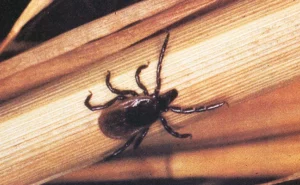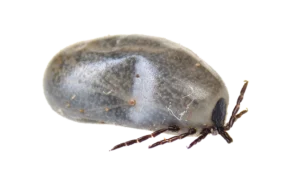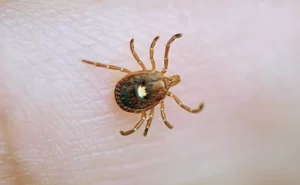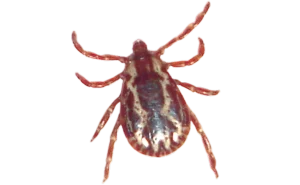In honor of National Lyme Disease Awareness Month, as well as Tick Awareness Week, May 4-10, we’ve rounded up a few common tick species you may encounter this season and shared the illnesses they can cause.
LymeDisease.org provides information about several tick-borne public health threats — and how you can protect your customers and employees.
Enemy No. 1

In the U.S., per the National Institutes of Health (NIH), the blacklegged tick (Ixodes scapularis), also known as the deer tick, is a vector of several human pathogens, including those causing Lyme disease, anaplasmosis, babesiosis, Borrelia miyamotoi disease, Powassan virus disease, and ehrlichiosis associated with Ehrlichia muris eauclarensis.
Soft but scary

The other species on this page are considered hard ticks, meaning they have a defined scutum, However, relapsing fever ticks (Ornithodoros spp.) are an example of a soft tick. The American Lyme Disease Foundation (ALDF) notes that O. hermsi tends to prefer higher altitudes and ground squirrels and chipmunks. O. turicata, pictured, and O. parkeri meanwhile, prefer lower altitudes, especially caves and the burrows of prairie dogs, owls and other animals.
West of the Rockies

In California and a few other states, the western black-legged tick (I. pacificus) is known to spread Lyme disease, anaplasmosis and babesiosis.
Be aware of Stari, too

In the southern U.S., a rash similar to the one that occurs with Lyme disease called the Southern Tick-Associated Rash Illness (STARI) is transmitted by the lone star tick (Amblyomma americanum). The NIH says the species also is linked to Rocky Mountain spotted fever (RMSF) and the meat allergy-inducing alpha-gal syndrome, among other viruses and diseases.
Doggone disease carriers

The Mayo Clinic cites American dog ticks (Dermacentor variabilis), pictured, western dog ticks (D. similis) and brown dog ticks (Rhipicephalus sanguineus) as spreaders of RMSF and other illnesses.
Leave A Comment